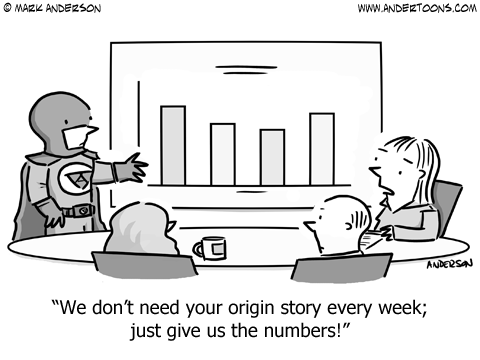Good morning, Whitewater.
Thursday in town will be mostly sunny with a high of seventy-seven. Sunrise is 6:14 and sunset 7:37, for 13h 22m 39s of daytime. The moon is a waxing gibbous with 92.6% of its visible disk illuminated.
Downtown Whitewater’s Board meets this morning at 8 AM.
Owing to the decades-long embargo, Cubans have kept older American cars running as best they could. Here are some of the classic cars still running on the streets of Havana:
On this day in 1883, a devastating volcanic explosion takes places:
The most powerful volcanic eruption in recorded history occurs on Krakatau (also called Krakatoa), a small, uninhabited volcanic island located west of Sumatra in Indonesia, on this day in 1883. Heard 3,000 miles away, the explosions threw five cubic miles of earth 50 miles into the air, created 120-foot tsunamis and killed 36,000 people.
Krakatau exhibited its first stirrings in more than 200 years on May 20, 1883. A German warship passing by reported a seven-mile high cloud of ash and dust over Krakatau. For the next two months, similar explosions would be witnessed by commercial liners and natives on nearby Java and Sumatra. With little to no idea of the impending catastrophe, the local inhabitants greeted the volcanic activity with festive excitement.
On August 26 and August 27, excitement turned to horror as Krakatau literally blew itself apart, setting off a chain of natural disasters that would be felt around the world for years to come. An enormous blast on the afternoon of August 26 destroyed the northern two-thirds of the island; as it plunged into the Sunda Strait, between the Java Sea and Indian Ocean, the gushing mountain generated a series of pyroclastic flows (fast-moving fluid bodies of molten gas, ash and rock) and monstrous tsunamis that swept over nearby coastlines. Four more eruptions beginning at 5:30 a.m. the following day proved cataclysmic. The explosions could be heard as far as 3,000 miles away, and ash was propelled to a height of 50 miles. Fine dust from the explosion drifted around the earth, causing spectacular sunsets and forming an atmospheric veil that lowered temperatures worldwide by several degrees.
Of the estimated 36,000 deaths resulting from the eruption, at least 31,000 were caused by the tsunamis created when much of the island fell into the water. The greatest of these waves measured 120 feet high, and washed over nearby islands, stripping away vegetation and carrying people out to sea. Another 4,500 people were scorched to death from the pyroclastic flows that rolled over the sea, stretching as far as 40 miles, according to some sources.
In addition to Krakatau, which is still active, Indonesia has another 130 active volcanoes, the most of any country in the world.
On this day in 1878, a patent for a true innovation in writing and communication:
On this date Christopher Latham Sholes patented the typewriter. The idea for this invention began at Kleinsteuber’s Machine Shop in Milwaukee in the late 1860s. A mechanical engineer by training, Sholes, along with associates Carlos Glidden and Samuel Soulé, spent hours tinkering with the idea. They mounted the key of an old telegraph instrument on a base and tapped down on it to hit carbon & paper against a glass plate. This idea was simple, but in 1868 the mere idea that type striking against paper might produce an image was a novelty. Sholes proceeded to construct a machine to reproduce the entire alphabet. The prototype was sent to Washington as the required Patent Model. This original model still exists at the Smithsonian. Investor James Densmore provided the marketing impetus which eventually brought the machine to the Remington Arms Company. Although Remington mass-marketed his typewriter beginning in 1874, it was not an instant success. A few years later, improvements made by Remington engineers gave the machine its market appeal and sales skyrocketed. [Source: Wisconsin Lore and Legends, p.41]
A Google a Day asks a question about literature:
What poem title did T. S. Eliot say he created by combining the titles of a romance by William Morris with the title of a Rudyard Kipling poem?


